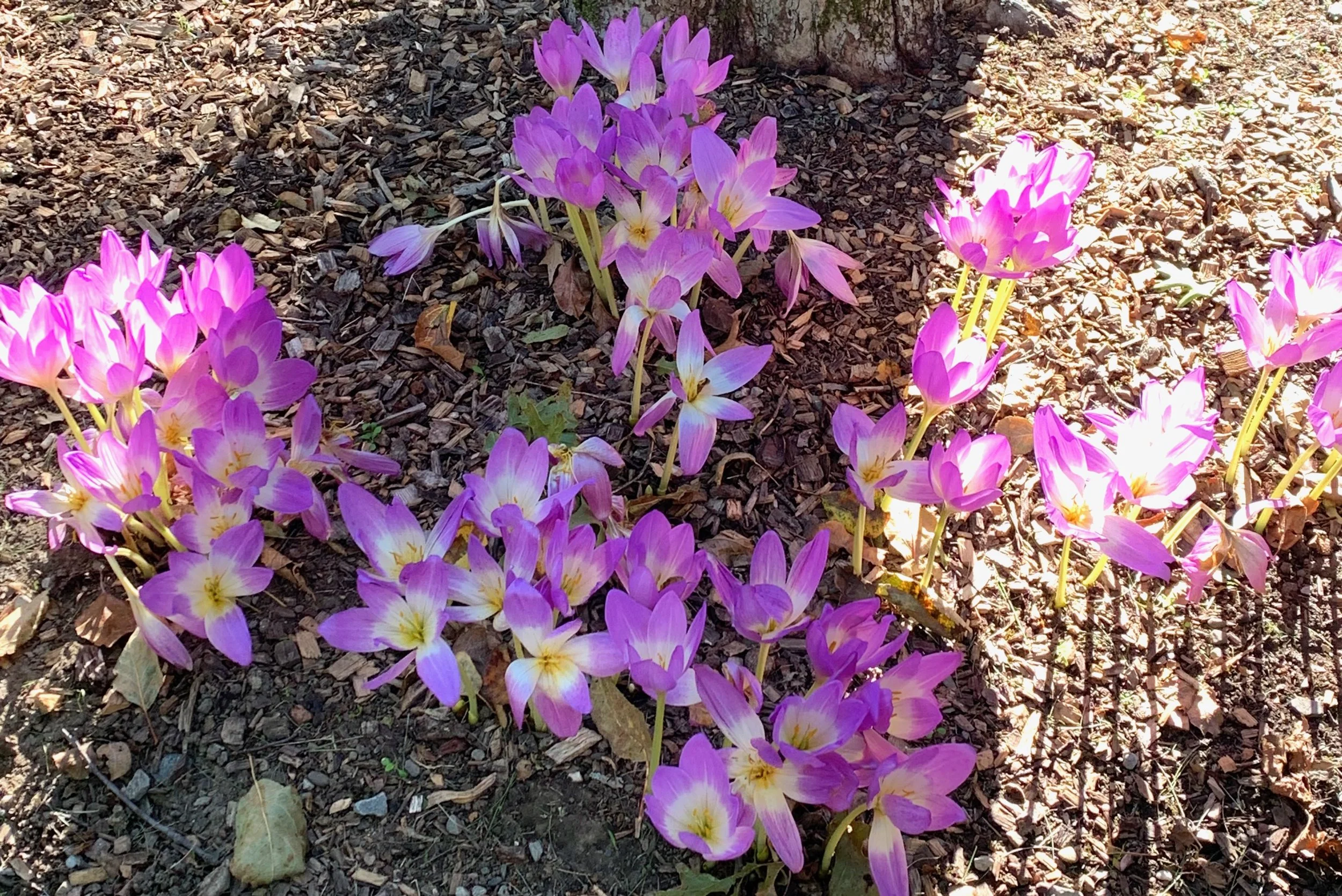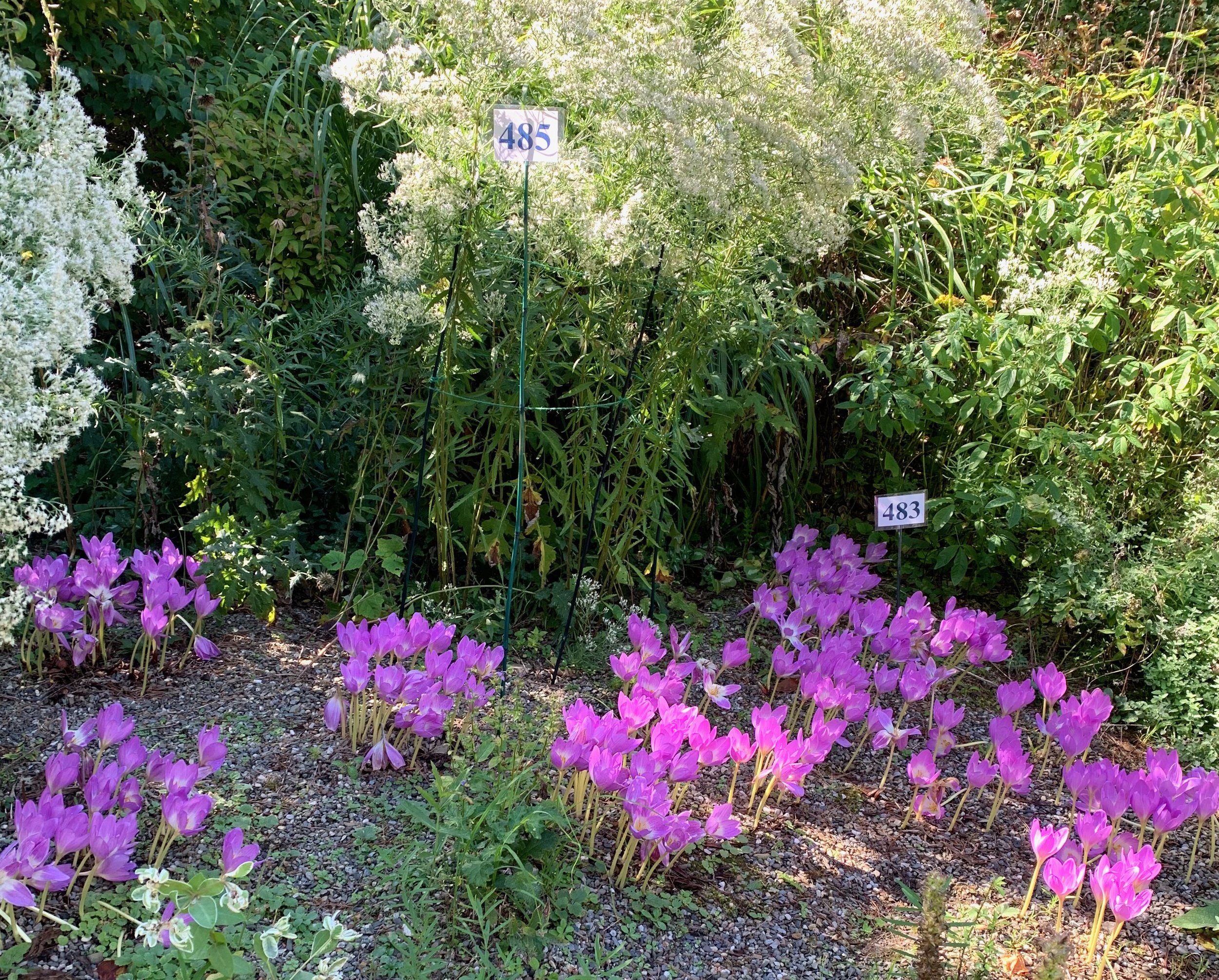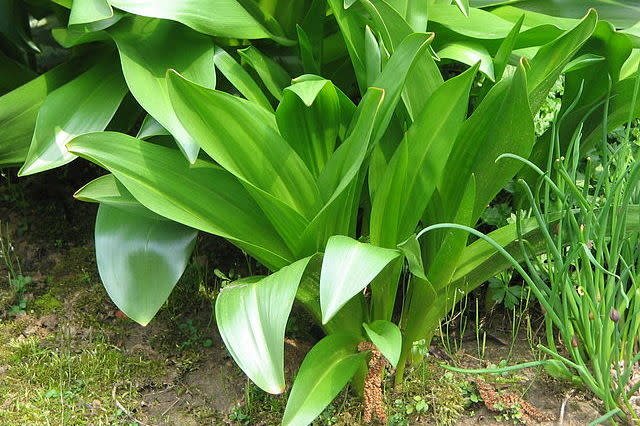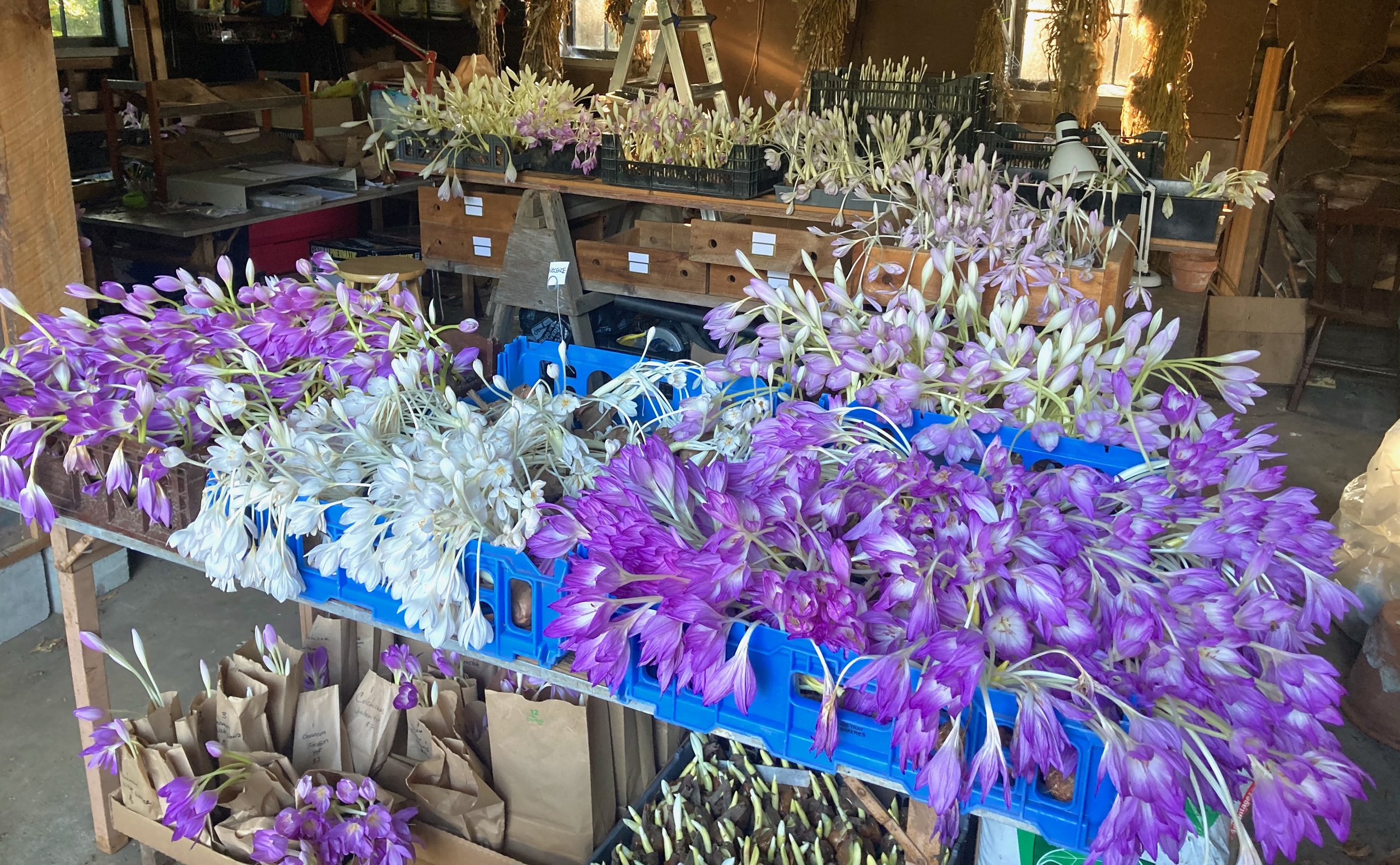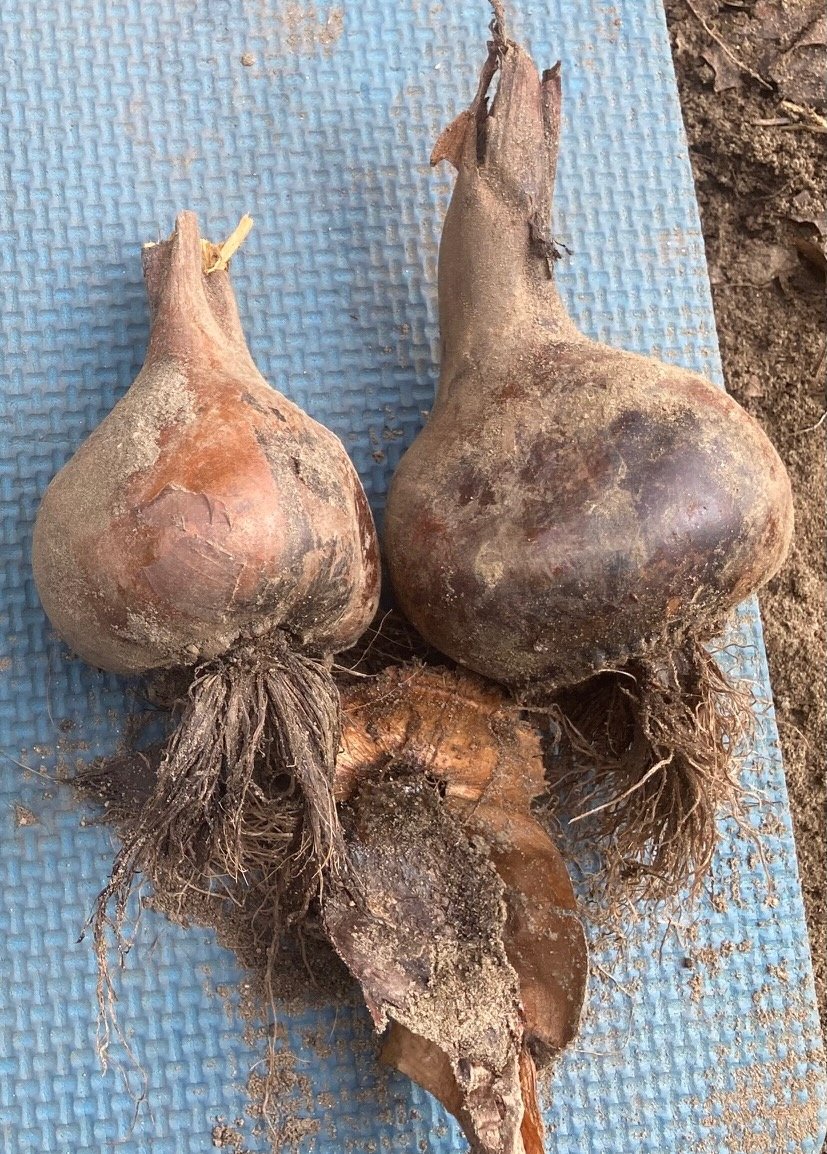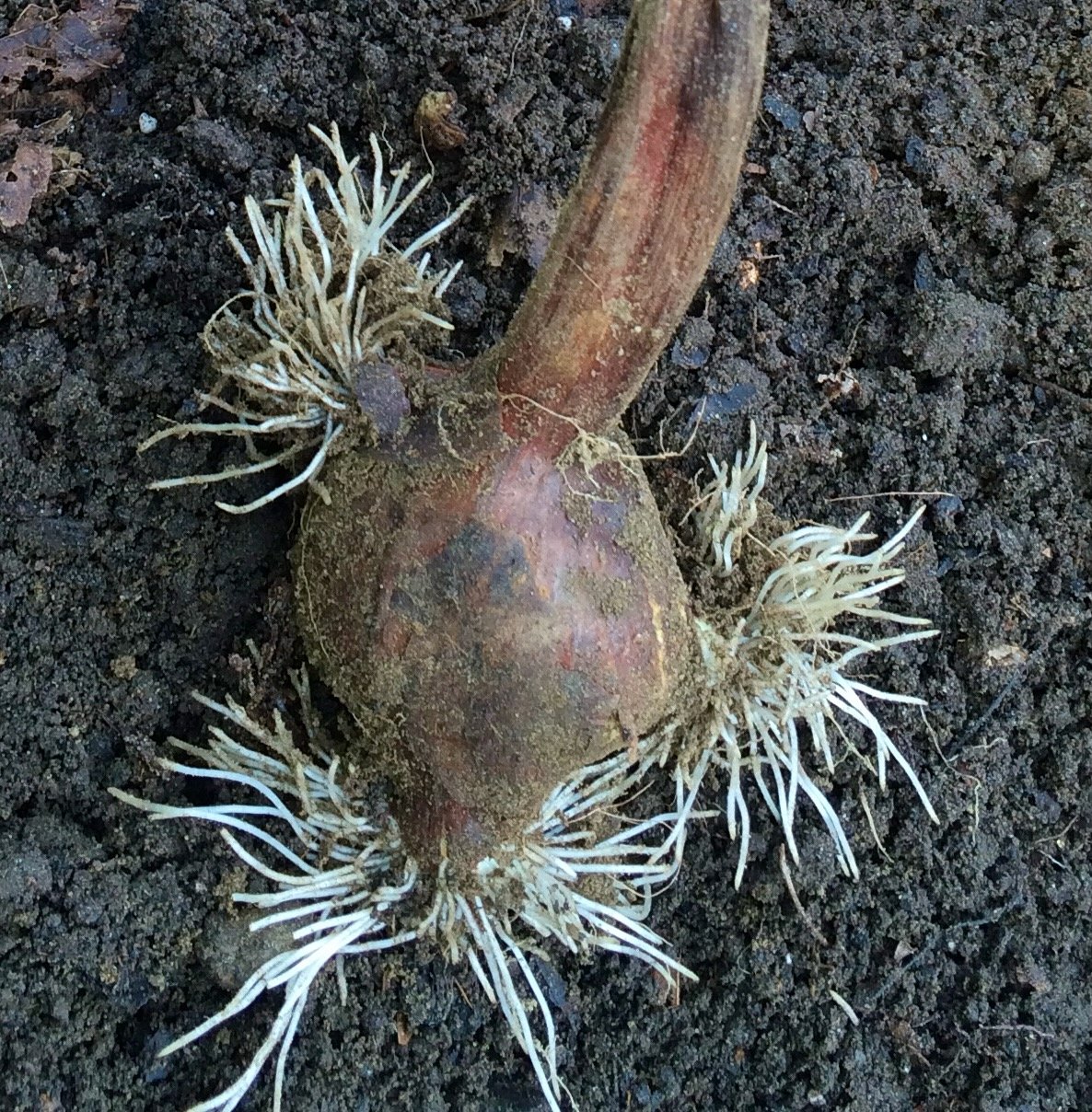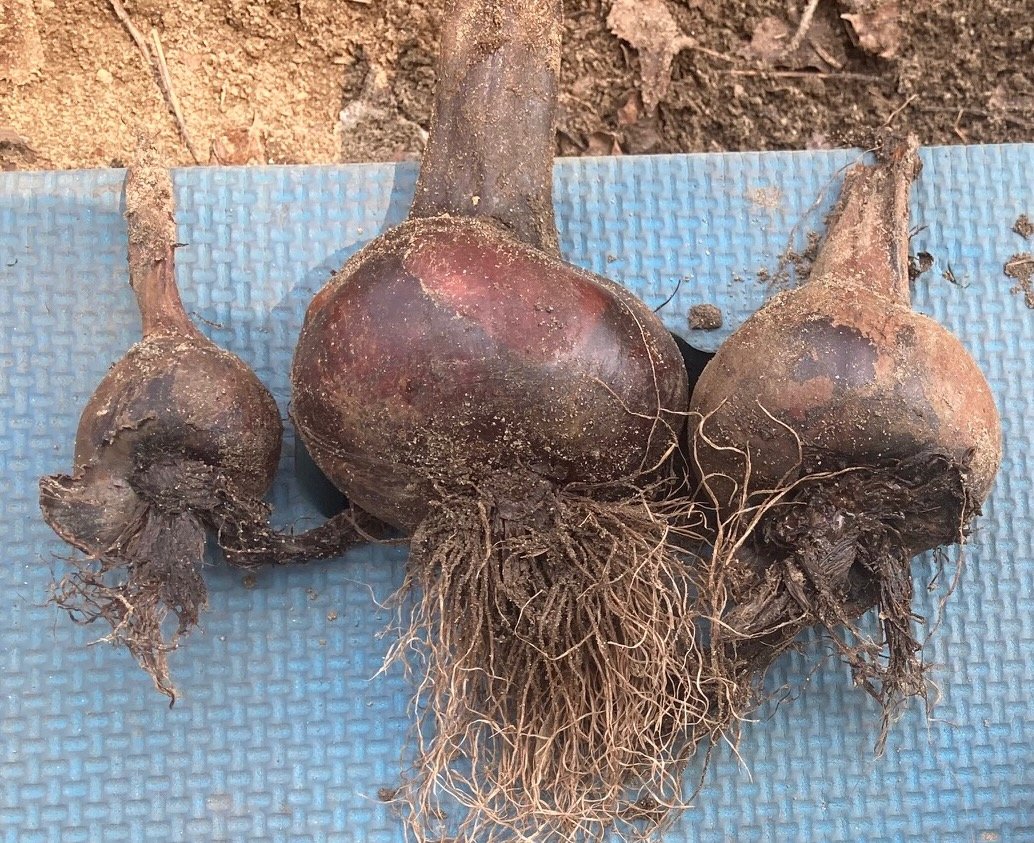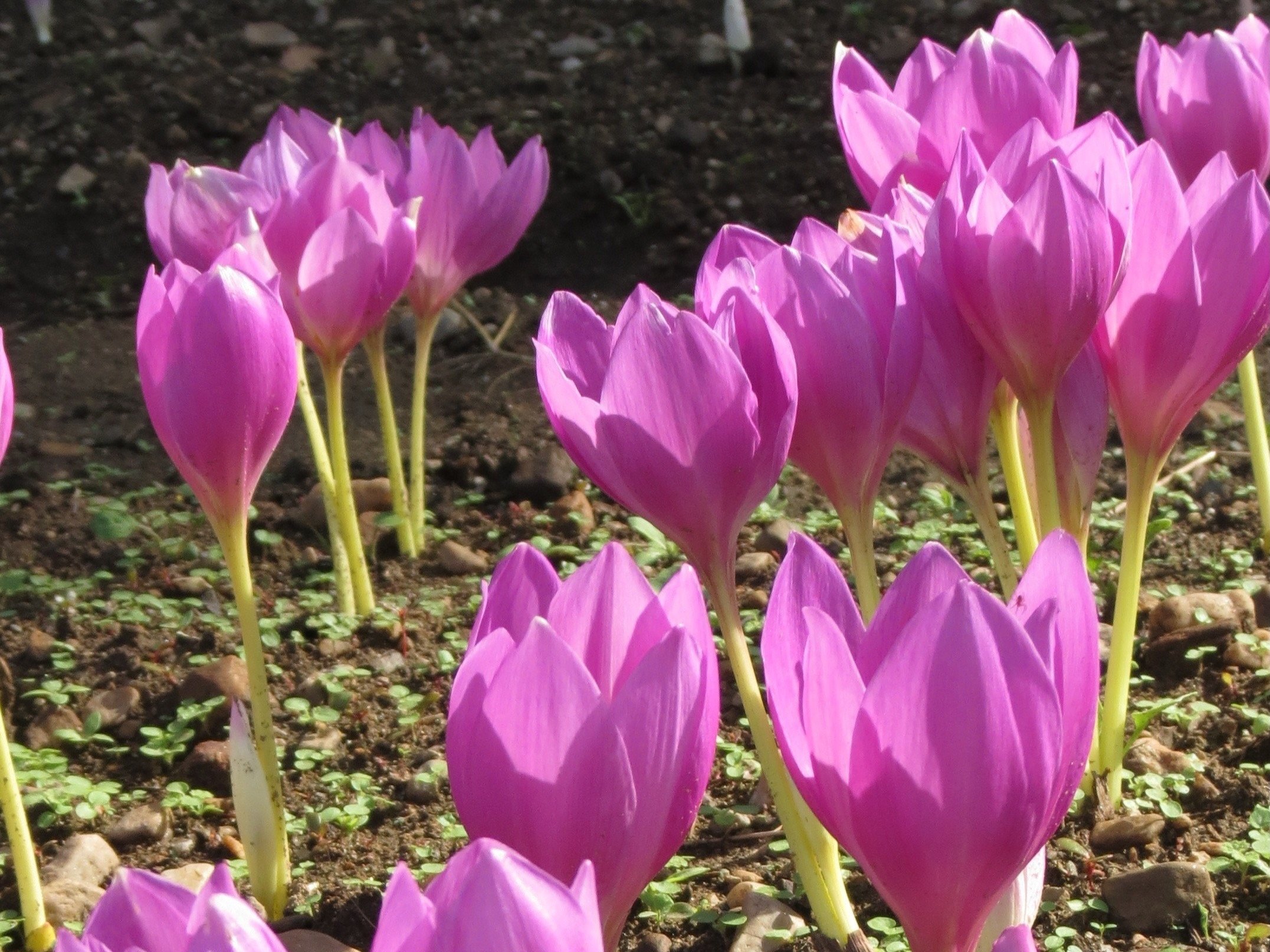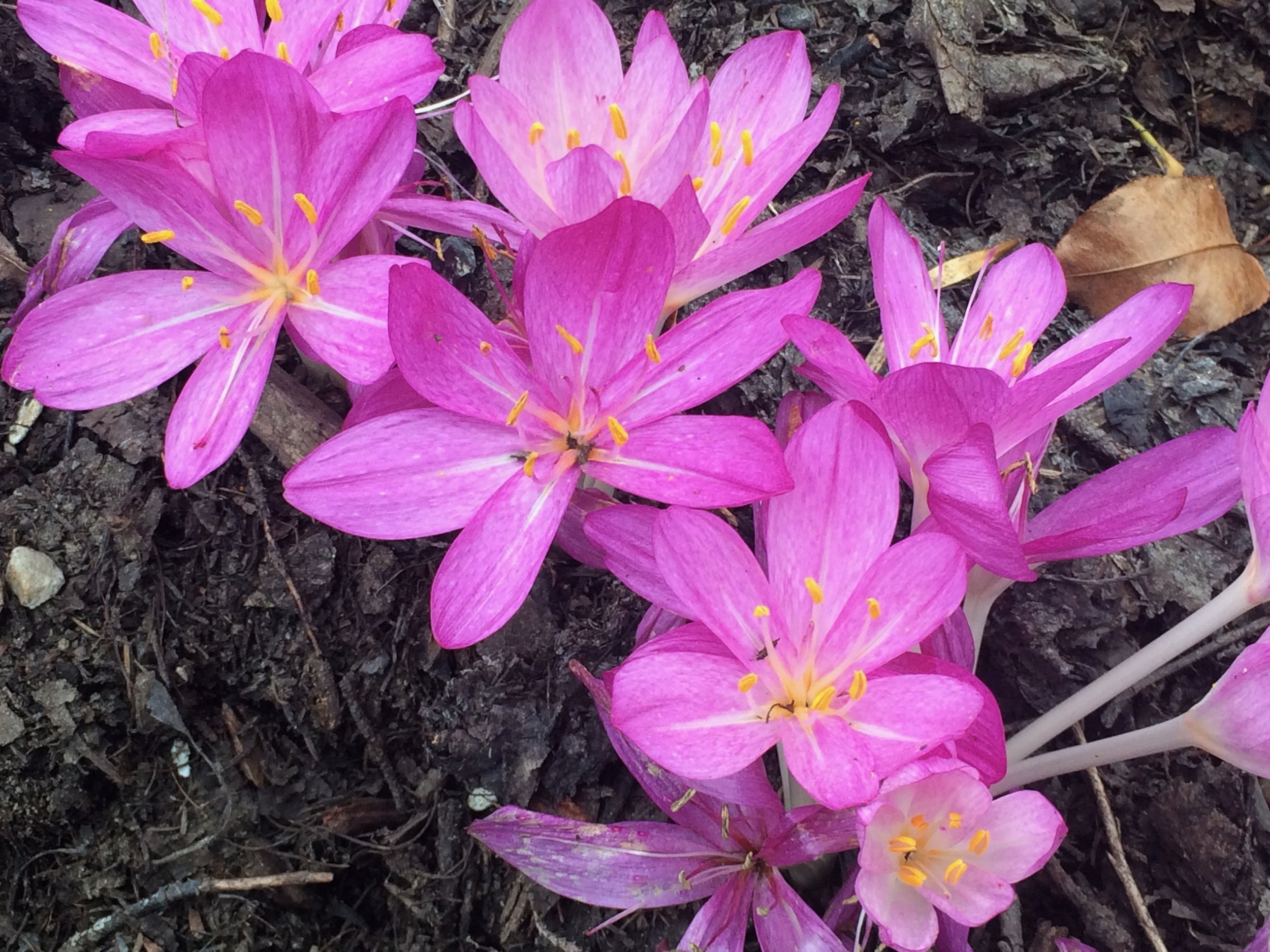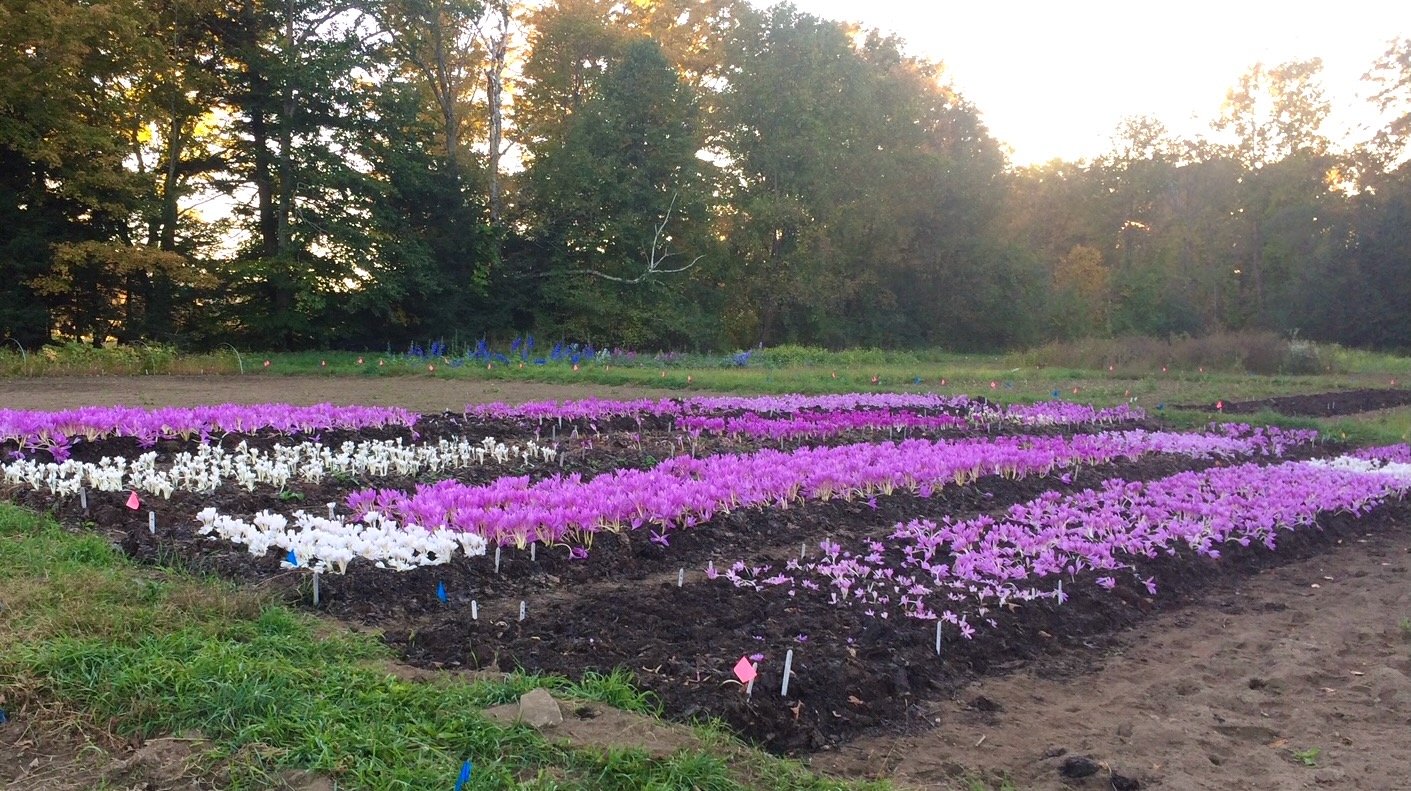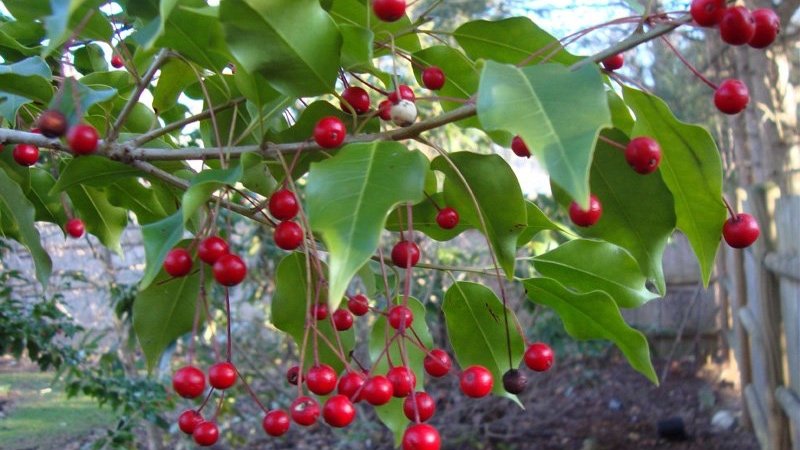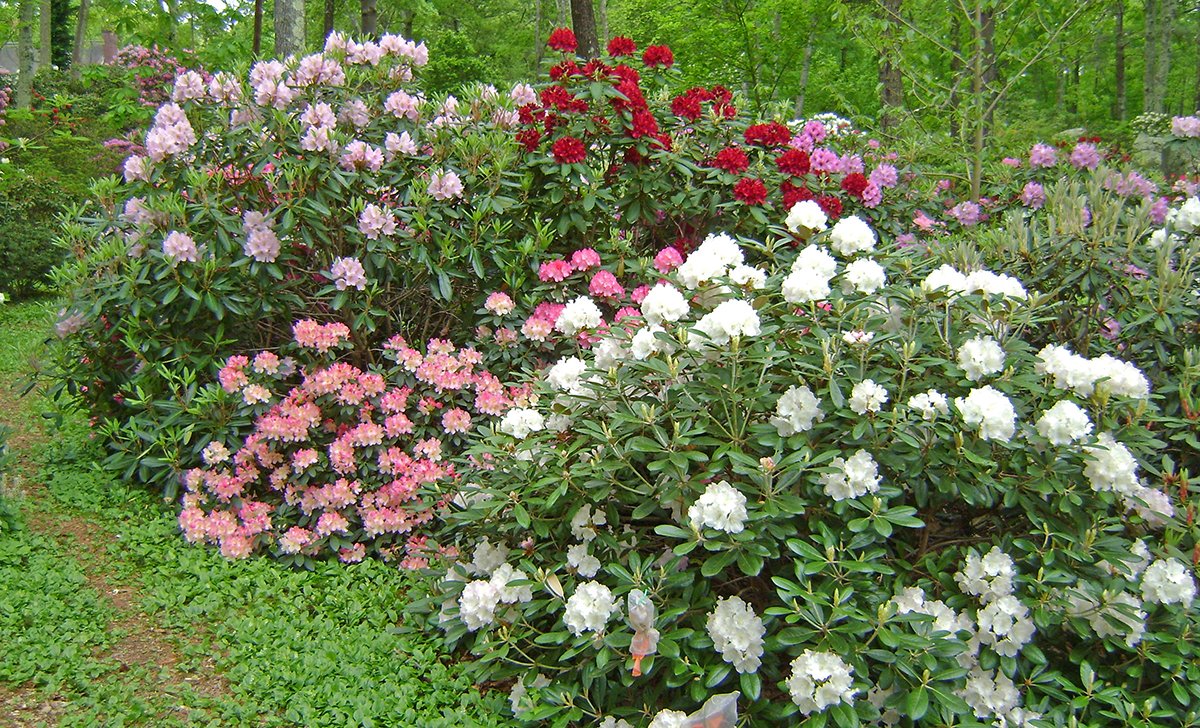Plant Colchicum Now for Blooms This Fall
/by David Burdick
Last fall, I saw that Jana was presenting a program at the Berkshire Botanical Garden on FallScaping. Thinking she might somewhere in the presentation mention the autumn flowering bulbs of the genus Colchicum, I sent her the list of the ones I grow commercially in Western Massachusetts for mail order sales. After taking a look at it, she must have realized that I am a bit obsessed with them. Because many gardeners remain unfamiliar with them or are unsure of how to use them in their landscapes, she graciously offered me the opportunity to share a bit of what I know about these marvelously weird bulbs through her blog.
As a gardener in New England, I dread the coming of the first killing frost. All the tropicals in pots have to be moved in, and much of the riot of annual flowers that has made the growing season so colorful is abruptly gone. I soon realize though, that by no means is the garden or gardening finished for the year. Fall brings some of the bluest skies and nicest weather for working outside. Beautiful perennials like Sanguisorba canadensis, Vernonia and a number of asters continue to bloom. Others like Amsonia hubrichtii and Lysimachia clethroides have foliage that turns fantastic colors. We also see the appearance of the Colchicums, with their clusters of 4”-8” stemmed wine goblets in every shade from rosy-pink to purple and white magically mushrooming out of the ground seemingly overnight. Their flowers resemble Crocus, hence their common name of “Autumn Crocus.” They are marvelous.
colchicums at stonecrop garden in new york
Now for the weird. The fall-blooming Colchicums send up their blooms without any accompanying foliage. This has given rise to one of their common names “naked ladies”. Their wide, green, Hosta-like leaves arise from the ground very early the next spring, and continue growing until they yellow and die down in July. The flowering portion of their life cycle begins with flower buds poking through the ground starting in late August and continue through early October depending upon the cultivar/species.
During the dog days of August, very few gardeners are thinking about planting bulbs. It usually takes a few of those aforementioned frosts and a series of colder nights to get us warmed up to the idea. Yet it is the ideal time to plant the fall blooming Colchicum, and if done now or in the earliest part of September, one will reap their floral rewards in just a few weeks’ time (and so will the butterflies and bees that flock to them). Planting as soon as you can get them also helps with another bizarre aspect these autumn bloomers possess, which is that the bulbs will start the flowering process whether placed in the ground or on your windowsill, no soil or water needed. In fact, some people will occasionally choose to enjoy the flowers inside before finally incorporating them into their gardens. (I guess now is the time to mention that they also make nice cut flowers).
colchicum gioia brown
Be aware that if you are just noticing these bulbs for the first time and then head to the local nursery to purchase some, they may already have spent their bloom while sitting in their display boxes. They’re still viable, but you will have to wait until the following fall to see the floral show.
Up to now, I’ve been referring to the Colchicum as a bulb. To be botanically correct, it should really be called a corm. I’m not eager to go into specifics as to what the differences are, other than that corms (gladioli and the true crocus are also examples) completely replace themselves annually. The object you plant this fall will be totally used up, and if should you dig it up come the following July it would only be represented by a slim, slimy wafer of tissue with one, two, sometimes three-four replacements in its stead. The oddly shaped corms often have an extension from the bottom called “the foot”. Roots of newly planted corms do not come from the central bottom of the corm as one might expect, but rather emerge from the base of this “foot” and any other additional sprouting floral tubes the corm may produce. These shoots also include the rudimentary buds that will produce the leafy stems in early spring. Two floral tubes from a corm mean two new corms will develop to replace the original, three means three replacements will form, etc.
So how does one use them in the garden? Colchicums require a well-drained soil and prefer sunny locations. Incorporating them into herbaceous borders can be tricky, as the mass of leaves from established clumps can be quite substantial. I have successfully used them next to some of the classic late season perennials, especially ones like the ornamental grasses, Japanese Anemones, Russian Sages, or the smaller Joe-Pye Weeds, all plants that wait until the weather starts to warm before beginning their rapid growth stage. Place the corms at the perimeter of the foliage spread of their neighbor. The sunny spots at the bases of trees and in between shrubs display them well, and they will perform happily here provided that competition with surface roots is not an issue. Please, please do not fall victim to the old horticultural saw still being regurgitated that an ideal situation for them is amongst vinca minor, where “the green of the groundcover’s foliage provides the perfect foil for the emerging Colchicum blooms”. That design may look great the first time the newly planted corms flower, but be aware that the light conditions where vinca grows well does not grow colchicum well; they will soon dwindle away.
The nuances between all the kinds I choose to grow may involve their depth of color, whether the petals are checkered or not, time of bloom, length of flowering time, and foliage size. Here are a few of my favorites:
‘Disraeli,’ with bright, rich rosy-purple tulip shaped flowers treasured for their intense tessellation (darker lines of color that create a very attractive checkering pattern on the petals).
‘Poseidon,’ a bear of a grower with the longest flowering period of any we grow. Deep lilac.
‘Innocence,’a beautiful white that often will begin with petal tips colored with apple blossom pink.
‘World Champion’s Cup,’ broad lilac petals and what I call “walk by fragrance”. We are the sole US producers of this one.
Cilicicum, last to start blooming with short, funnel-shaped flowers and a delightful fragrance.
I only wish that I could get my hands on even more varieties, as there are lots of beauties in European gardens that I would like to trial, but sourcing from overseas has become almost impossible. As of now, I offer 20+ types through our mail order listing, and believe I am the only U.S. grower of a few of the varieties. My premier advantage is that I can begin shipping by the second week of August, where those coming from Dutch suppliers are never available before Labor Day. Ask for a list of everything we offer in the late summer/early fall by emailing me at david@daffodilsandmore.com or check out the website www.daffodilsandmore.com.
You Might Also Like


